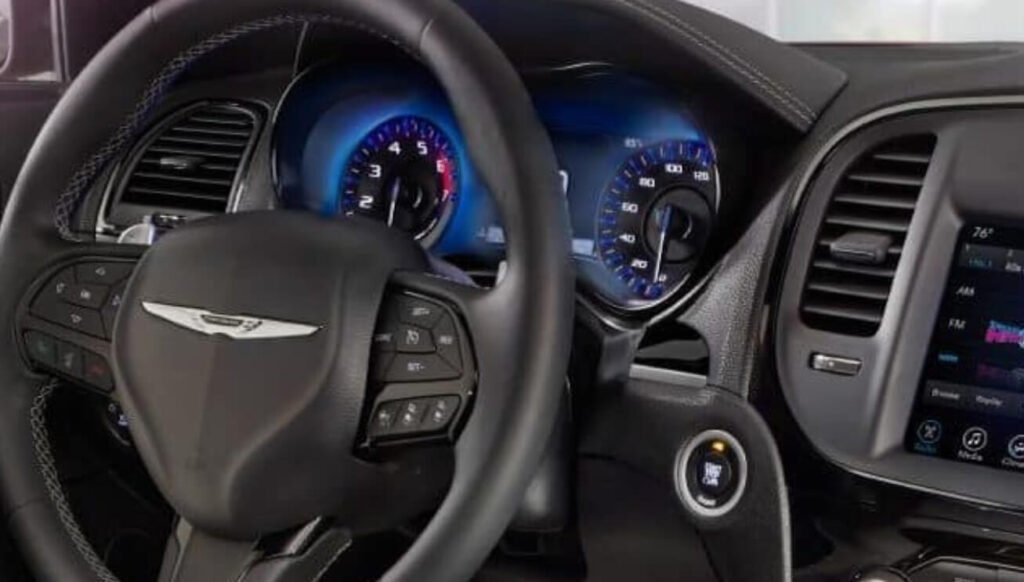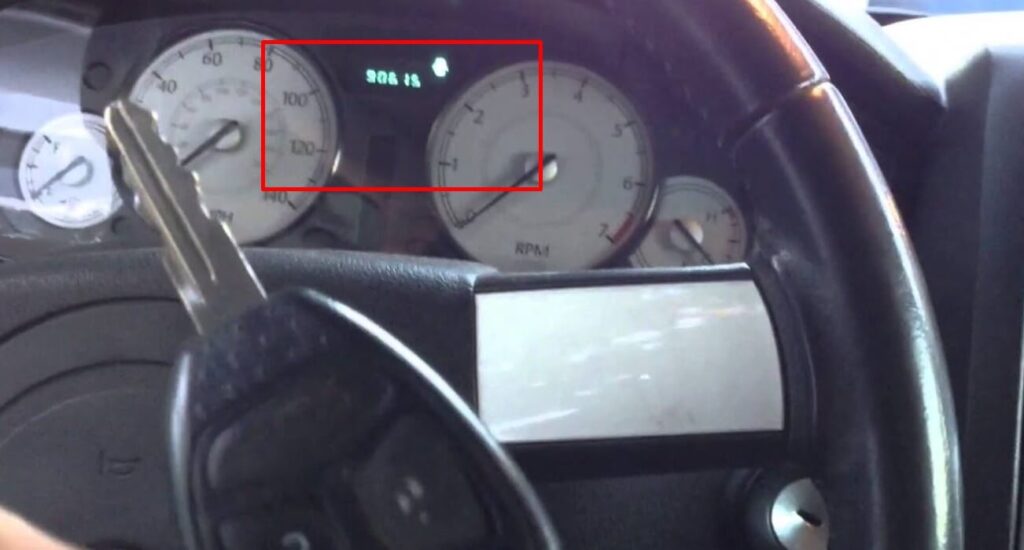To reset the ECU on a Chrysler 300, follow these steps: Locate the battery, disconnect the negative terminal, wait a few minutes, and then reconnect the terminal. This process will reset the ECU and clear any stored error codes or other issues.
Introducing a Chrysler 300 ECU reset can help resolve various issues that may arise with the vehicle’s engine control unit (ECU). The ECU is responsible for monitoring and controlling various aspects of the engine’s performance.
Over time, the ECU may encounter glitches or deviations, leading to problems such as reduced power, poor fuel efficiency, or an illuminated check engine light.

What Is An Ecu And How Does It Affect Your Chrysler 300?
- The ECU, also known as the “brain” of your Chrysler 300, is a small yet powerful electronic device.
- It constantly collects and analyzes data from various sensors in your vehicle.
- Based on this data, the ECU adjusts and optimizes the engine’s performance settings for efficient operation.
- The ECU also monitors and regulates critical components such as the fuel injection system, ignition timing, and emission controls.
Is Chrysler 300 good on gas?
The fuel efficiency of a Chrysler 300 can vary depending on the specific model, engine, and driving conditions. Generally, the Chrysler 300 is not known for being particularly fuel-efficient. It tends to have average to below-average gas mileage compared to some smaller, more fuel-efficient vehicles.
If fuel efficiency is a significant factor in your decision, it’s advisable to check the specific MPG ratings for the model and engine option you are considering.
How to reset Chrysler 300 check engine light?
To reset the check engine light on a Chrysler 300, you can try a few methods. One common method is to disconnect the car’s battery for about 15 minutes, which may reset the onboard computer and clear the check engine light.
However, keep in mind that this method may also reset other settings in the vehicle, such as radio presets.
Alternatively, you can use an OBD-II scanner to clear the error codes causing the check engine light. If the issue persists, it’s advisable to have the underlying problem diagnosed and addressed by a qualified mechanic to prevent further issues.

2016 chrysler 300 ECU reset
To reset the Electronic Control Unit (ECU) in a 2016 Chrysler 300, one common method is to disconnect the vehicle’s battery for about 15 minutes.
This allows the ECU to reset and clears any stored error codes. However, keep in mind that disconnecting the battery may also reset other settings in the car, such as radio presets. After reconnecting the battery, start the vehicle and allow it to idle for a few minutes to let the ECU relearn various parameters.
If you’re unsure or encounter persistent issues, it’s recommended to consult the vehicle’s manual or seek professional assistance.

What is an ECU reset and why is it necessary?
An ECU reset, also known as an ECU reboot or ECU initialization, is a process that involves resetting the ECU to its default settings. It is necessary to clear any stored error codes or data that may be causing issues in the vehicle’s performance. Resetting the ECU can help resolve various problems, such as a check engine light, erratic performance, or fuel efficiency issues.
How do I perform an ECU reset on my Chrysler 300?
To perform an ECU reset on a Chrysler 300, you can follow these steps:
- Start by turning off the engine and removing the key from the ignition.
- Disconnect the negative terminal of the car battery and leave it disconnected for about 15 minutes.
- Reconnect the negative terminal of the battery.
- Turn on the ignition without starting the engine and let it sit for a few minutes.
- Start the engine and let it idle for a few minutes to allow the ECU to recalibrate itself.
Will resetting the ECU erase any custom settings or modifications made to my Chrysler 300?
No, resetting the ECU will not erase any custom settings or modifications made to your Chrysler 300. It only resets the ECU to its default settings and clears any stored error codes or data. However, if you have made any modifications that require specific ECU adjustments, you may need to reprogram or configure those settings after the reset.
How often should I perform an ECU reset on my Chrysler 300?
There is no set time frame for performing an ECU reset on a Chrysler 300. It is generally recommended to reset the ECU when you encounter performance issues or after making modifications that affect the ECU’s settings. If you frequently experience problems such as rough idling, reduced fuel efficiency, or warning lights, it may be a good idea to consider an ECU reset.
Will Resetting The Ecu Improve My Chrysler 300’S Fuel Efficiency?
Resetting the ECU alone is unlikely to significantly improve the fuel efficiency of your Chrysler 300. While it may help optimize the engine’s performance, other factors such as regular maintenance, driving habits, and fuel quality also play crucial roles in fuel efficiency. Consider adopting eco-friendly driving practices and ensure the vehicle is well-maintained for better mileage.
How Can I Reset The ECU In My Chrysler 300?
To reset the ECU in your Chrysler 300, you can follow a simple procedure. First, turn off the ignition and disconnect the negative terminal of the battery for around 30 minutes. This allows the ECU to reset and clear any stored data. After the specified time, reconnect the battery, start the engine, and allow it to idle for a while to recalibrate.
Conclusion
Overall, resetting the ECU in your Chrysler 300 can greatly benefit the performance and functionality of your vehicle. By restoring the default settings, you can address issues such as poor fuel efficiency, sluggish acceleration, or even warning lights on your dashboard.
The simple process of disconnecting the battery and waiting for a few minutes can make a significant difference in the way your car operates. In addition to resolving specific problems, an ECU reset can also enhance the overall driving experience.
With a fresh start, the engine can operate optimally, leading to smoother shifts and improved throttle response. This can make your daily commute or long road trips more enjoyable and comfortable. As always, it’s important to consult your vehicle’s manual and follow the appropriate steps when performing an ECU reset.
If you’re unsure or would prefer professional assistance, don’t hesitate to reach out to a qualified automotive technician. Keep your Chrysler 300 running smoothly and efficiently by giving it a reset when necessary. Your car will thank you with better performance and fewer issues in the long run.
